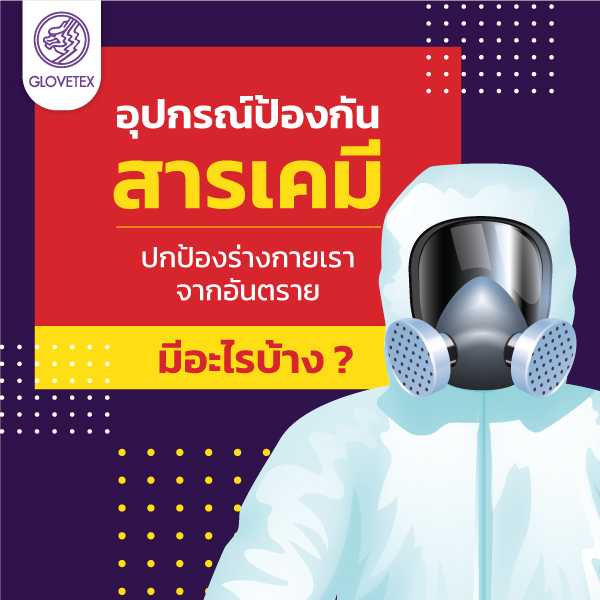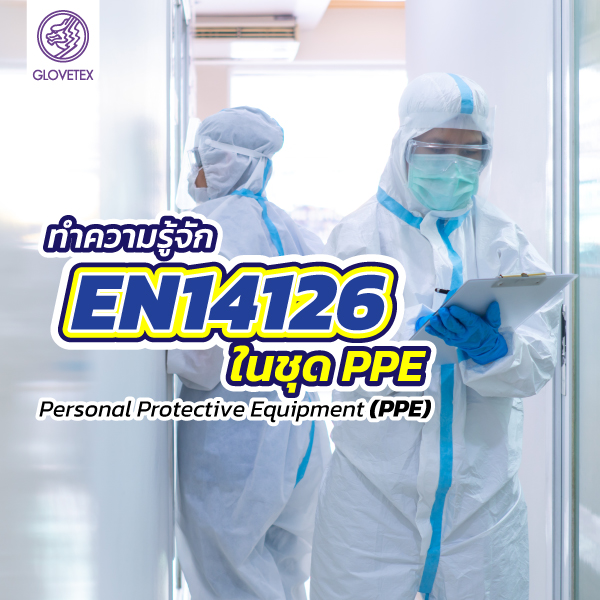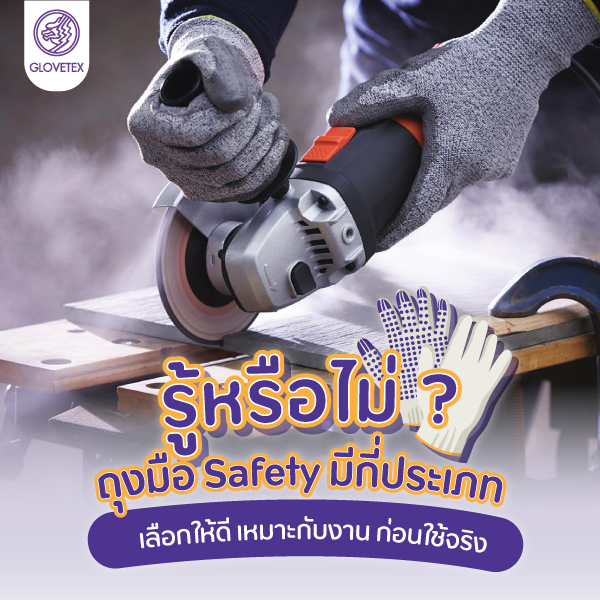What are the types of chemical protective equipment that protect our bodies from hazards?

When working in various industries, chemicals are often involved or are part of the product formulations. Working with these chemicals can be hazardous to human health in some cases, and direct contact with them may even be fatal. Therefore, it’s essential to minimize our exposure to these chemicals. But before we discuss how to protect ourselves, let’s first understand what chemicals are and how dangerous they can be.
- Some chemicals are highly flammable, igniting even from a small spark and potentially causing significant explosions.
- Even without heat, chemicals can evaporate into the air, increasing humidity and making the atmosphere toxic.
- Exposure to high concentrations of chemical vapors can irritate the ears, eyes, nose, and mouth, and cause discomfort in the stomach.
- Direct contact or splashes can lead to allergic reactions, burning, itching, or in severe cases, damage to body tissues.
- Prolonged exposure or inhalation of these chemicals can have serious effects on the nervous system, cause genetic changes, or even lead to cancer.
What are the personal protective equipment for chemical hazards?
Protective Equipment for Chemical Hazards
We might be familiar with the term “Personal Protective Equipment” or PPE, which refers to gear designed to protect individuals from head to toe. PPE is widely used across various industries and is adapted based on the specific work environment. When dealing with chemicals, PPE focuses on physical protection and respiratory safety. Here’s a look at the essential protective equipment for chemical exposure:
1. Safety Goggles (Eye Protection)
Our eyes are crucial for every aspect of work since we constantly need to see and observe. Therefore, choosing the right safety goggles is essential. Typically, these goggles are made of glass or thick plastic, at least 3 mm thick. They should also have vents to release heat, especially for tasks involving chemical vapors, to help protect your eyes during work.
2. Half and Full Masks
Half masks with filters are respiratory protection equipment designed to prevent inhalation of chemicals, organic substances, or toxic gases. Generally, these masks are made from silicone or TPE/PP, which are exceptionally soft on the skin. They come in both half-mask and full-mask versions, depending on the work environment. Typically, chemical-resistant masks are suited for high-safety tasks such as welding, metal grinding, pesticide spraying, painting, chemical industry work, and handling kerosene and gas.
3. Chemical Resistant Gloves
A crucial aspect of working with chemicals is wearing gloves to protect your hands from chemical burns and damage. However, not just any gloves will suffice for this purpose. Gloves made from synthetic rubber (Neoprene Gloves) are designed to resist chemicals, oils, acids, corrosives, and solvents. Industries that use these types of gloves include petrochemical, electronics, and chemical manufacturing industries. (For more information, click “What types of gloves are suitable for handling chemicals and oils in industry?”)
4. Protective Suit
The protective suit used for chemical work, often referred to as PPE, is a full-body suit that covers from head to toe, typically featuring zippers or adhesive tape to prevent the ingress of contaminants or chemicals. These chemical protective suits are categorized into levels A, B, C, and D, as per the standards set by the U.S. Environmental Protection Agency (EPA). The choice of suit depends on the specific conditions and concentration of chemicals present in the work environment.
5. Chemical Boots
These high-top boots are made from materials resistant to chemical corrosion, such as vinyl, neoprene, synthetic rubber, nitrile, and PVC. They protect the feet from exposure to spilled chemicals in the workplace. In addition to chemical protection, these boots also guard against water, oil, and various pathogens.
The information provided above covers the basics of personal protective equipment for handling chemicals. In areas with high concentrations of chemicals, additional protective gear may be necessary.
For those seeking chemical protective equipment, please contact our representatives by adding Line@ : @microtex or click here.
ขอบคุณข้อมูล :
-
com
-
recycle engineering
-
safety in thai





